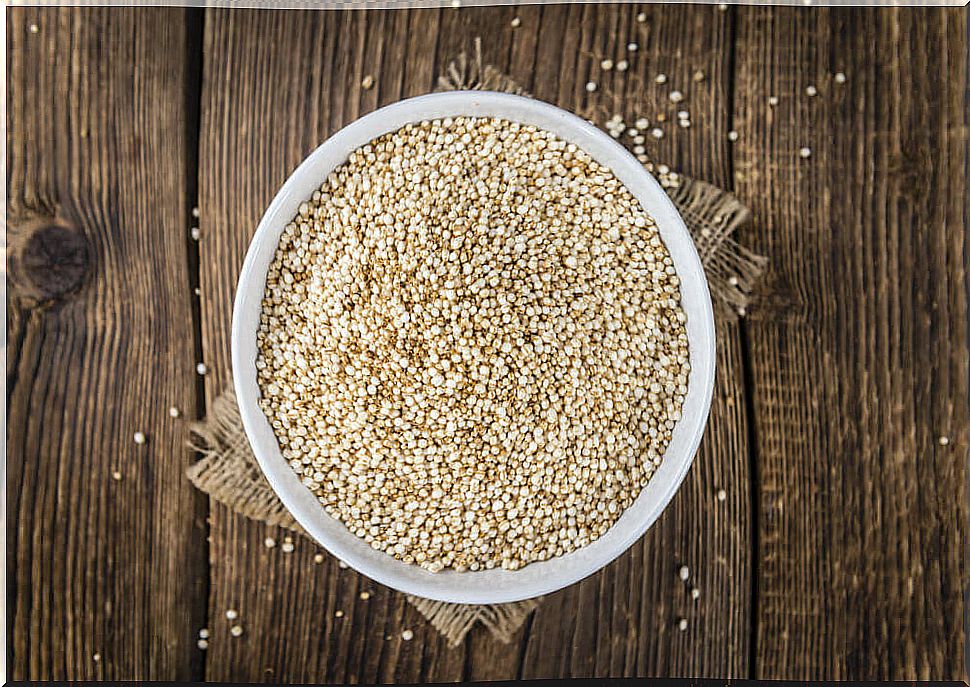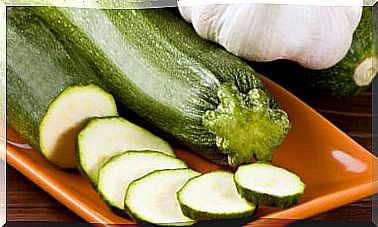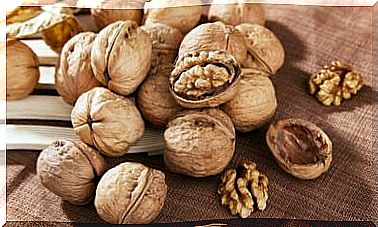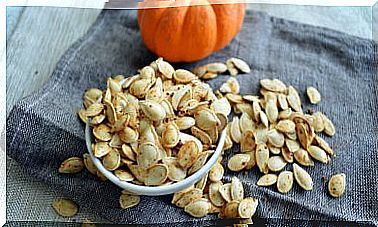Kañiwa, The Healthy Pseudocereal You Should Know
Kañiwa is a still little known pseudocereal. However, it has a series of healthy properties that make it a suitable product for almost any type of diet. Therefore, we are going to tell you about all its benefits, so that you can start consuming it.
Before we have to emphasize that the intake of cereals is not always recommended. This is because many have gone through a large number of refining processes at an industrial level, thus losing quality. It is optimal to always resort to wholegrain varieties, which are the ones that retain the highest proportion of the original product.
Nutritional properties of kañiwa
As we mentioned, the kañiwa stands out for the nutrients that it agglutinates inside. We are going to tell you what it is composed of and what it contributes to the human body.
High in complex carbohydrates
Like other pseudo- cereals, kañiwa stands out for its high concentration of complex carbohydrates. In this it is quite similar to quinoa, since it is capable of providing quality carbohydrates that are slowly absorbed in the intestine.
In this way, it can be introduced into the diet of athletes to achieve a considerable energy intake.

Higher protein concentration than other cereals
It should be borne in mind that cereals, as a general rule, do not stand out for their protein content. However, kañiwa is capable of providing almost 16 grams of this nutrient for every 100 grams of product.
In addition, the biological value of the proteins it concentrates is higher than that of other nutrients of plant origin. In this sense, it has fewer limitations in terms of essential amino acids.
Supposes a source of fiber
Whole grains have one thing in common, and that is that they are high in fiber. Although the soluble type stands out, it is true that the presence of this substance in the diet is essential to guarantee good intestinal health.
Provides unsaturated fats
Plant foods tend to have a higher concentration of unsaturated fats than saturated ones. This condition is also respected in the case of kañiwa, the total lipid content being higher than that of other homologues, such as quinoa. The presence of omega 3 inside is significant.
Benefits of introducing kañiwa into the diet
Due to its concentration in nutrients, the inclusion of kañiwa in the diet can generate a series of benefits. They are as follows.
Reduced risk of constipation
According to a study published in the journal Alimentary Pharmacology & Therapeutics , fiber is capable of reducing the incidence of constipation.
This is due to the fact that it increases the volume of the fecal mass, generating greater stimulation of the mechanoreceptors of the digestive tract. From here, the peristaltic contractions become more intense.
Improved lipid profile
The intake of fiber not only generates a beneficial effect at the digestive level. It is also related to a lower cardiovascular risk, according to research published in the journal The Proceedings of the Nutrition Society. This is because it modulates the absorption of lipids, in addition to stimulating the growth of bacteria that exert positive effects.
The presence of fatty acids from the omega 3 series also contributes to improving the functioning of the cardiovascular system. These elements have shown their potential in modulating inflammatory mechanisms, reducing the incidence of problems such as atherosclerosis.
It is an energy source for athletes
Strength and power athletes require a large amount of carbohydrates in the diet. These are the main energy substrate for carrying out the activity.
However, complex types must always be prioritized over simple ones. In this sense, kañiwa is an excellent food to introduce into the diet of athletes.

How can you cook?
Kañiwa is cooked in a very similar way to quinoa, with the difference that the latter requires a soaking process prior to preparation. Its preparation is quite quick and simple, since you just have to put it in boiling salted water and leave it over low heat until it swells and softens.
In addition, it can be passed through a pan to get a crunchy and toasted touch that makes it more attractive to the palate.
Include kañiwa in the diet
As you have seen, there are several benefits of introducing kañiwa into the diet on a regular basis. It is a cereal very similar to quinoa, but it has a faster cooking process and without the need for prior soaking.
We advise you to try it and start consuming it frequently, especially if you practice strength exercise.








